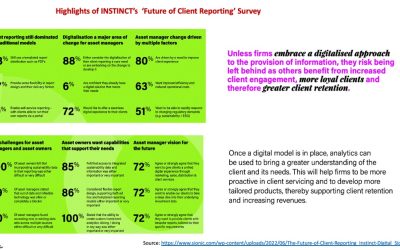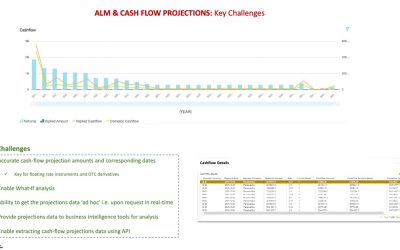Background
Mid to large IM firms traditionally have a large footprint of legacy systems that are core to their daily operations.
Key characteristics of legacy systems include but not limited to following:
1. Manual workflows needing user/IT support for exceptions
— Risk of increased unplanned operational expenses and loss of
productivity
2. Integration across multiple systems using legacy technologies
such as FTP
— Difficulty to support/maintain such integration points
3. Increased dependency on scheduled ‘Batch’ jobs
— Need additional monitoring/recon due to data ‘push’ instead of
being event driven
4. Firm dependency on few key IT/operational members who have the
‘know how’ due to their long experience working on such systems
— Difficult to attract /retain new talent to work on such systems
— BCP risk
Key benefits of having existing legacy systems:
1. They have proven for business in terms of operational workflows
and are considered more mature in terms of functionality
2. Business/systems knowledge of workflows and knowledge of what
works and does not work is invaluable for firms – This is an asset
that is a key differentiator in determining success when planning
move to newer technology
Challenges to transition to new technologies faced by IM firms:
1. The thinking of ‘Don’t fix if it isn’t broken’ is still predominant
— Even though it is inefficient and costly to run
2. Incentives tied to just ‘keep the lights on’
— Need to also rewards for risks on newer and much needed
initiatives for long-term success
3. ‘Fear of Failure’ for adopting new technology
— May be a result of being comfortable working on existing
workflows for a long period and/or knowledge of newer
technologies
4. Talent acquisition risk
— Especially Gen-Z who may not be keen to work on
legacy systems
Key considerations to transitioning to newer technology:
1. Define a roadmap with clear timelines on the transition plan and get
buy-in from business
— Key is to define phases/milestones by each month/quarter
— Business should align their team and make it their goal to
transition to new system per plan
2. Plan to sunset legacy systems by building a new support team
— Transition members from existing legacy support to new support
team with defined timelines and making this part of their
performance goals
— Measure progress on the above plan for key existing legacy team
using key metrics such as number of hours spent on supporting
legacy systems. The time spent should see a gradual reduction till
planned end date
3. Align existing legacy team resources to each of the target systems
by including them as part of the transition team.
Summary
Given current market conditions this is the right time to focus attention and key existing resources on positioning the firm for when ‘growth’ mode will be back. And therefore firms need to prioritize their efforts on helping reduce operational expenses and increase ‘Operational Alpha’.
Also, by executing the roadmap for transition to modern architectures the business can scale up or down as necessary thus enabling ‘Pay-per-use’ operations model – a key competitive differentiator in the future in the IM space.



